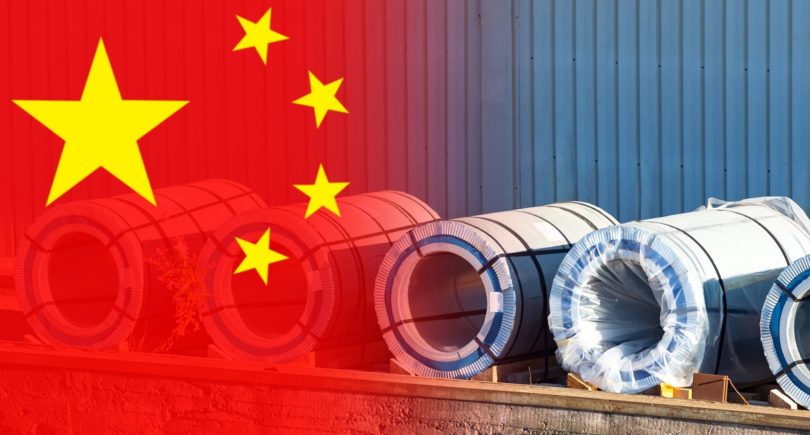
News Global Market CBAM 589 13 October 2023
The mechanism could help US companies bypass Chinese competitors in the European market
CBAM will cause a profound transformation of the global trading system, but it will affect only a fraction of US exports to the EU, the Climate Leadership Council counted.
In 2022, exports from the US to the EU amounted to $350 billion. Only 1.1% of its volumes ($4 billion in monetary terms) fell under the categories covered by the CBAM, including steel products worth $2.43 billion. Meanwhile, China, which is the largest trade partner of the European Union, last year exported almost five times more goods ($19 billion) that are subject to this mechanism.
In terms of carbon intensity, the US is a much more efficient producer of products covered by the CBAM than its Chinese competitors. As Chinese companies trade larger volumes of more carbon-intensive products, they will pay a higher levy from 2026, when the mechanism takes full effect.
A quick analysis using CBAM’s projected $120 per tonne carbon levy on EU imports shows that Chinese exports will suffer more. The total amount of duties on American products entering the EU will be $0.3 billion, and from China – $3.4 billion. So when importers start paying the tariff under the CBAM, companies from the United States have every chance to bypass Chinese and other trade competitors on the European market.
As GMK Center reported earlier, the USA is critically needed own analogue of CBAM. Such a mechanism will be an important factor for the decarbonization of the country’s steelmaking sector, according to the American Institute of Iron and Steel (AISI).
Also, the implementation of CBAM in its current form may lead to the creation of two parallel markets. It is about the market of high-quality steel from the EU, produced under the conditions of a sustainable development policy, and the consumer market outside Europe. This opinion was expressed by the founder of the consulting company T-Commodity Gianclaudio Torlizzi.



